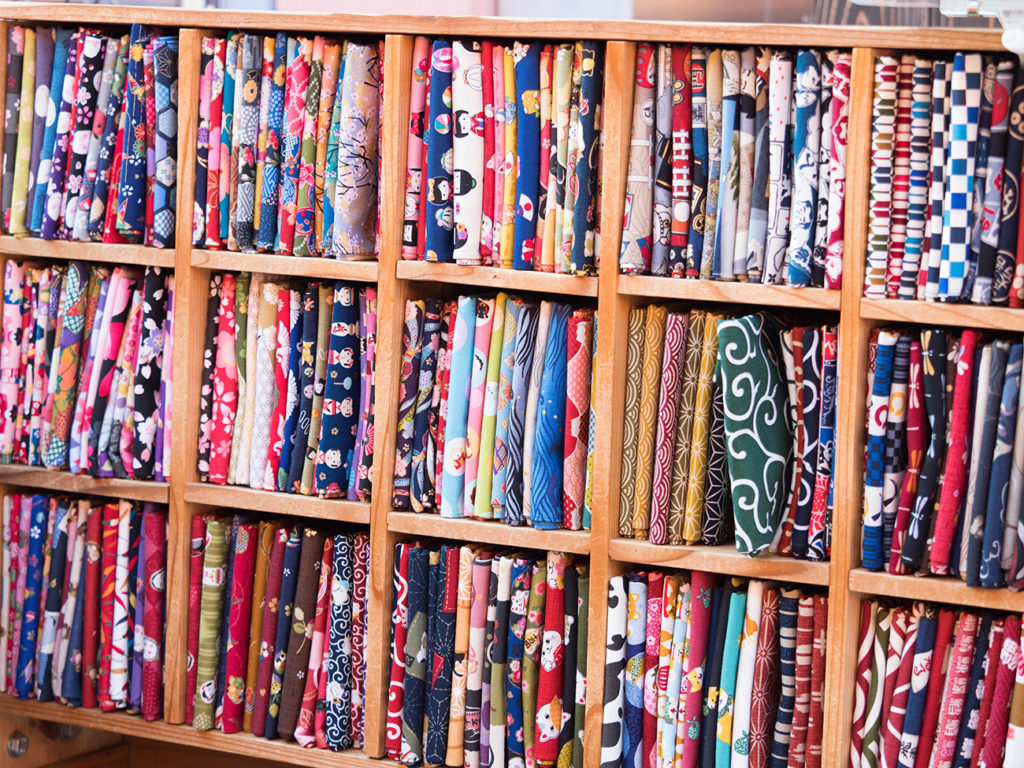
Tenugui: Japanese Hand Towel
When returning from a trip abroad, it is a common practice to bring back presents or souvenirs for oneself, family, and friends. In Japan, omiyage are things a traveler purchases on a trip to remember a place. One such unique traditional Japanese product is a tenugui.
A tenugui (手拭い) is a traditional plain-woven Japanese hand towel. What makes it unique are the many different colorful patterns printed on the tenugui. History tells us that the tenugui was already being used as early as the Nara Period (710-794 CE). By the Edo Period (1603-1868 CE), the practicality of using the tenugui reached the common folk.
The tenugui is often made of cotton and is smooth in texture, unlike Western terry cloth hand towels. It is about 35 by 90 centimeters in size. The Japanese hand towel has a number of uses besides drying hands. It can be used to dry your body, as a dish cloth, or even as an apron. The tenugui is also a popular head covering in kendo (martial art form) where it functions as a sweatband and extra padding under the headgear.
There are several types of tenugui depending on the type of cloth used, from fine to coarse. There are also two dyeing types when making the tenugui:
Chusen—a traditional method of dyeing using stencil paper. This process allows the dye to be absorbed by the cloth with the patterns appearing on both sides of the tenugui.
Printing—a silkscreen printing process producing patterns that are more detailed and on only one side. The other side of the tenugui remains a solid color.
Tenugui make great souvenirs or presents because they are available almost everywhere in Japan, are inexpensive, and the multitude of designs to choose from make the tenugui a fun collector’s item.
